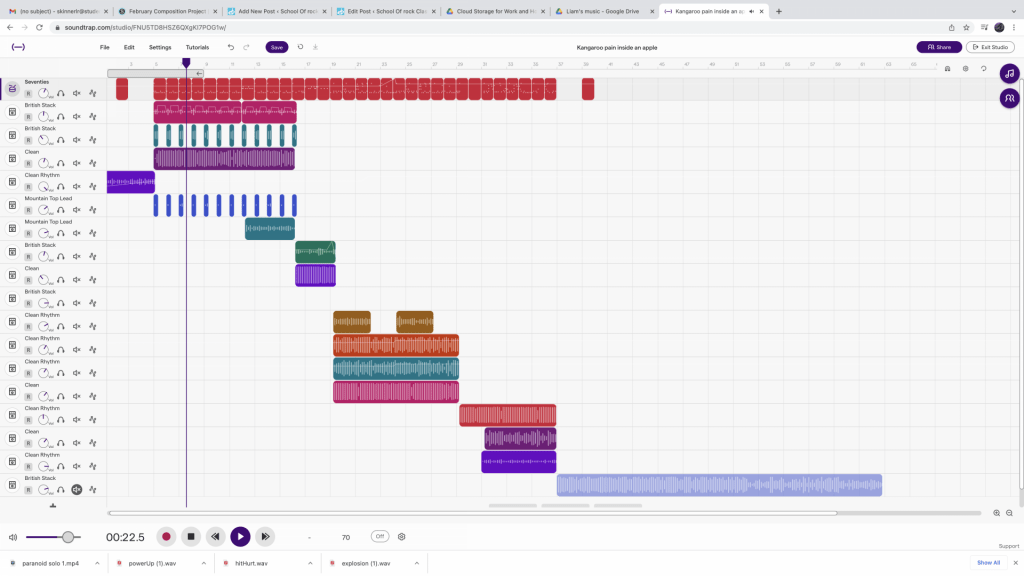SUMMARY
Role:
Guitarist
Intention (SMART Goal)
By April 15th, 2022 as part of my School of Rock class I will learn to play the first solo of the Pink Floyd song “Comfortably Numb”. I will attain this goal by following Guitarlessons365song’s tutoriaI and will know how to play the entire solo and have memorized all the notes for session 5 of this class.
PRE-PRODUCTION – INQUIRY
Leader(s) in the Field / Exemplary Work(s)
Tony Iommi was the guitarist for Black Sabbath. He also had a had solo career one of, in my opinion his best songs is war pigs by Black Sabbath.
Training Source(s)
Comfortably Numb first solo tutorial
SMART Goal Schedule
I will practice the first solo for Pink Floyd’s song Comfortably Numb every day and a bare minimum of 5 minutes a day.
PRODUCTION
SMART Goal Starting Point Evidence
Starting Smart Goal evidence
SMART Goal Ending Point Evidence
Finishing smart goal evidence
POST-PRODUCTION – REFLECTION
21st Century Skills
Ways of Thinking (Creativity, Innovation, Critical Thinking, Problem Solving)
I was creative and a critical thinker/problem solver because I was having trouble getting the pacing of the solo so I played it over and over again listening to the original song while playing and then eventually I got it right
Ways of Working (Communication & Collaboration)
I did not really work or collaborate with anyone since this was a solo project and I did not need assistance from anyone with the solo. Although I did ask for assistance with some Garage Band stuff
Tools for Working (Info & Media Literacy)
I listened to the original song and also used the tutorial mentioned earlier in the blog
Ways of Living in the World (Life & Career)
I used Garage Band for the first during these projects for the first time and knowing how to use Garage Band could help with know tools such as Logic Pro
Reactions to the Final Version
The critiques I received were all good Connor said “The effects that you used were big pog otherwise know as pretty cool
Self-Evaluation of Final Version
I think the final product turned out pretty well I think it resembles the original in the effects that I used as well as being the correct notes.
Grammar and Spelling
I used Grammarly
Editor
Connor

